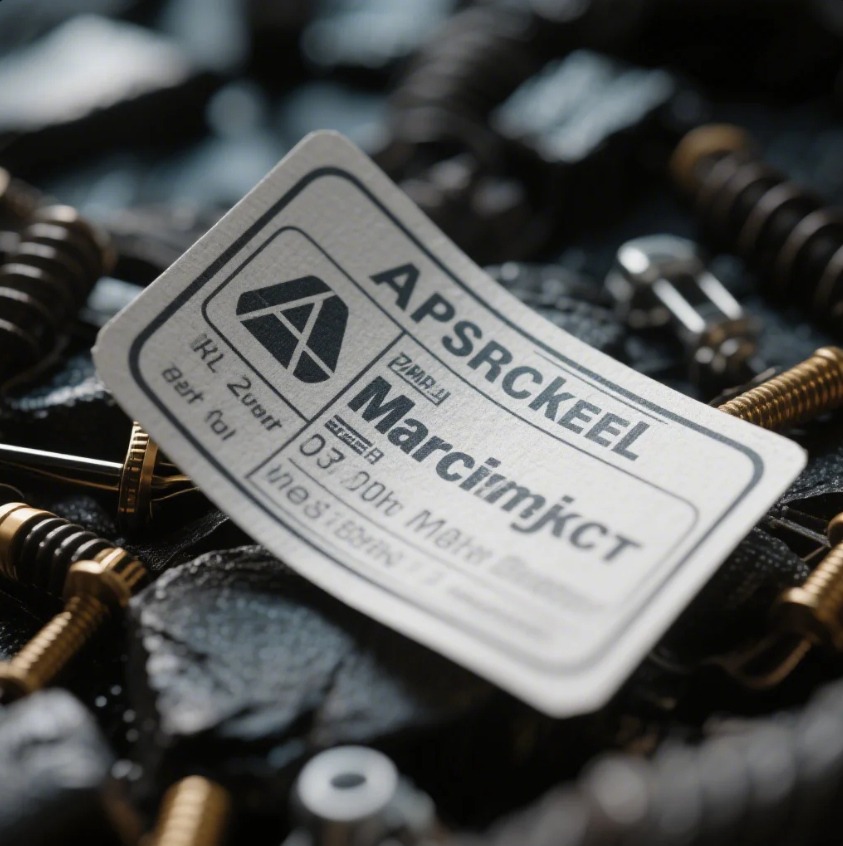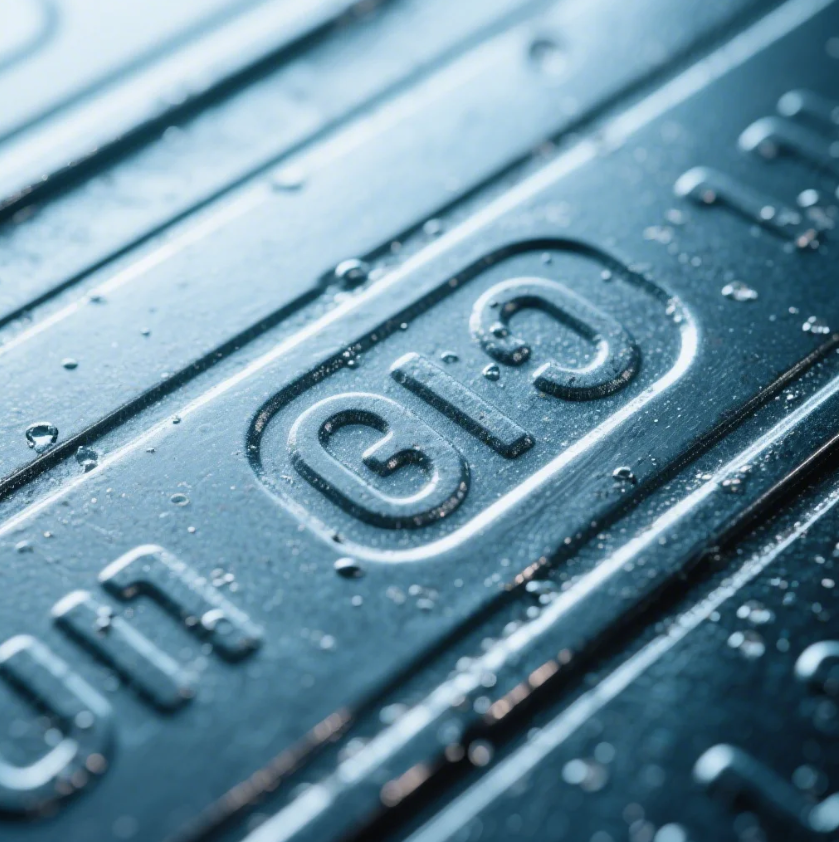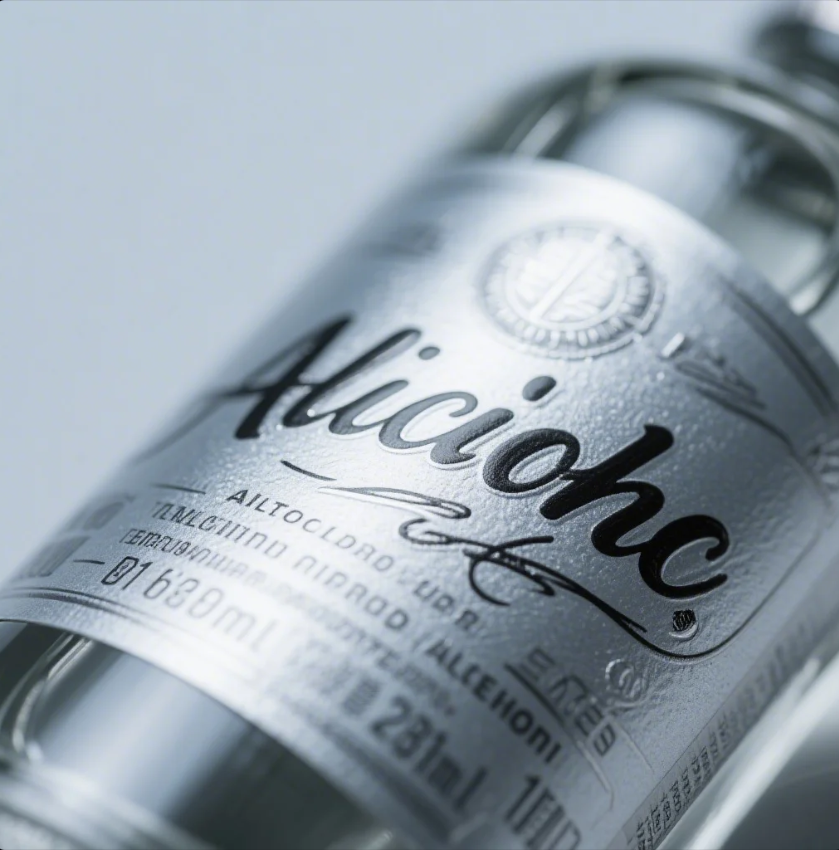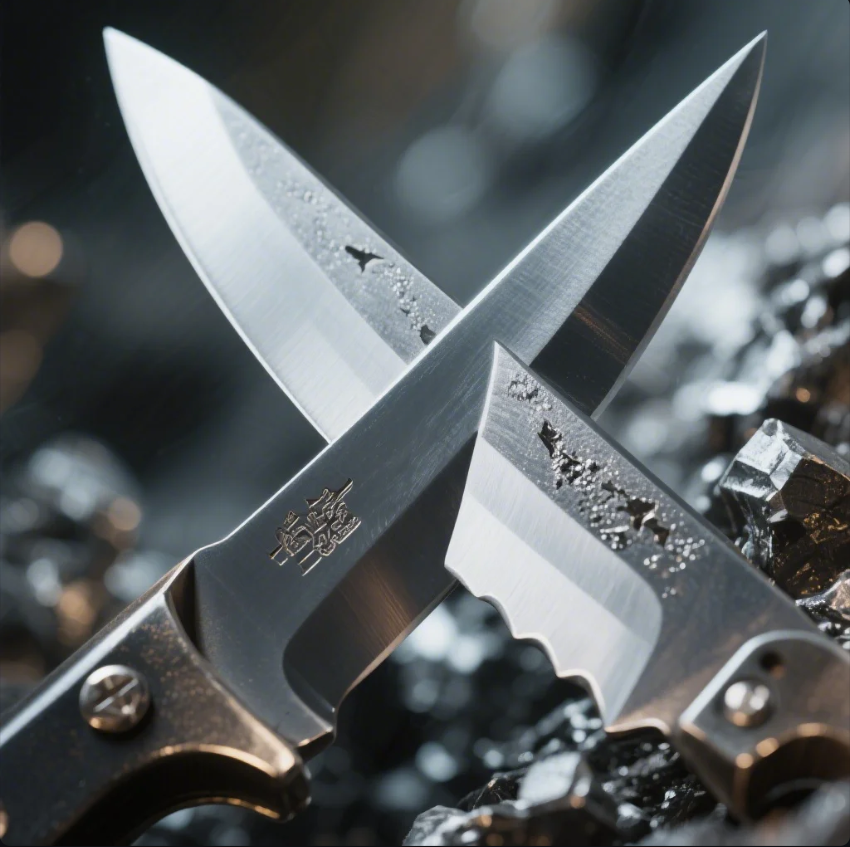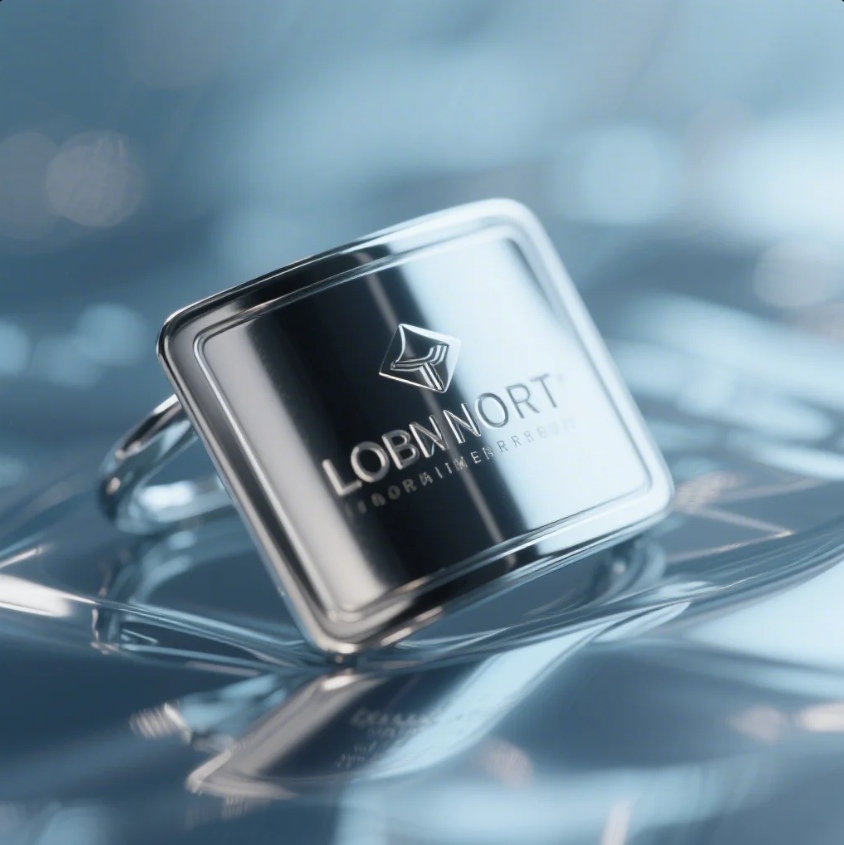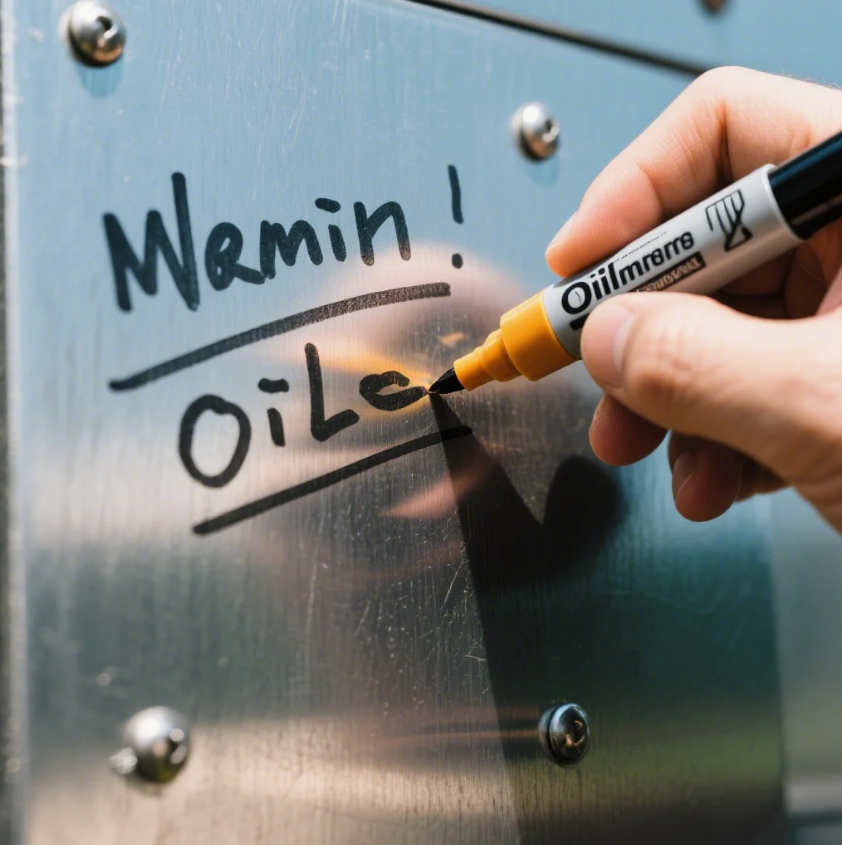TEMPLATE_START
What does DCEP stand for in welding?
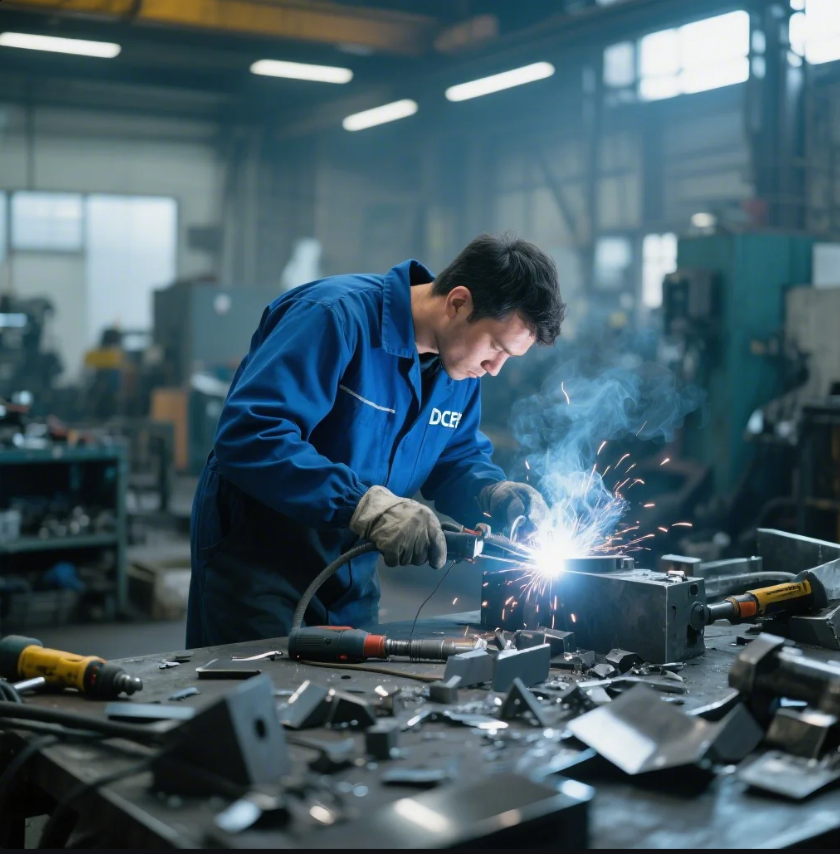
In welding, polarity plays a crucial role in determining the quality and efficiency of the weld. DCEP is one term that frequently comes up in welding discussions. But what does DCEP really mean, and how does it affect your welding projects?
DCEP stands for Direct Current Electrode Positive, a type of polarity used in welding to improve penetration and weld quality.
DCEP is widely used in various welding processes due to its ability to provide stronger welds with better penetration, especially for materials like steel. In this article, we will explore DCEP, its benefits, and how it compares to other polarities in welding.
What do DCEP and DCEN stand for?
In welding, DCEP and DCEN refer to two different types of direct current (DC) polarity settings. DCEP stands for Direct Current Electrode Positive, while DCEN stands for Direct Current Electrode Negative.
-
DCEP (Direct Current Electrode Positive): In this setting, the electrode is connected to the positive terminal of the power source, and the workpiece is connected to the negative terminal. This polarity creates more heat at the workpiece, resulting in deeper penetration, especially on thicker materials.
-
DCEN (Direct Current Electrode Negative): In contrast, in DCEN, the electrode is connected to the negative terminal, and the workpiece is connected to the positive terminal. This setting focuses more heat on the electrode, reducing penetration but offering a cleaner weld surface.
The choice of polarity depends on the type of material and welding application.

Key Differences Between DCEP and DCEN:
| Polarity | DCEP (Electrode Positive) | DCEN (Electrode Negative) |
|---|---|---|
| Heat Focus | More heat at the workpiece | More heat at the electrode |
| Weld Penetration | Deeper penetration on thick materials | Shallow penetration, cleaner weld |
| Applications | Ideal for thicker materials, steel | Ideal for thinner materials, precision welds |
| Spatter | Higher spatter | Lower spatter |
What does reverse polarity mean in welding?
Reverse polarity refers to the switching of the normal polarity in welding. Normally, in DC welding, the electrode is connected to the negative terminal (DCEN), and the workpiece is connected to the positive terminal (DCEP).
Reverse polarity means swapping these connections, so the electrode is connected to the positive terminal (DCEP) and the workpiece to the negative terminal (DCEN).
In the case of DCEP, the reversal of polarity is beneficial for certain applications, such as increasing penetration when welding thicker materials. It causes more heat to be concentrated at the workpiece, making it easier to weld through thicker sections of metal. On the other hand, DCEN polarity is generally used for cleaner welds, as it limits the amount of heat going into the workpiece.
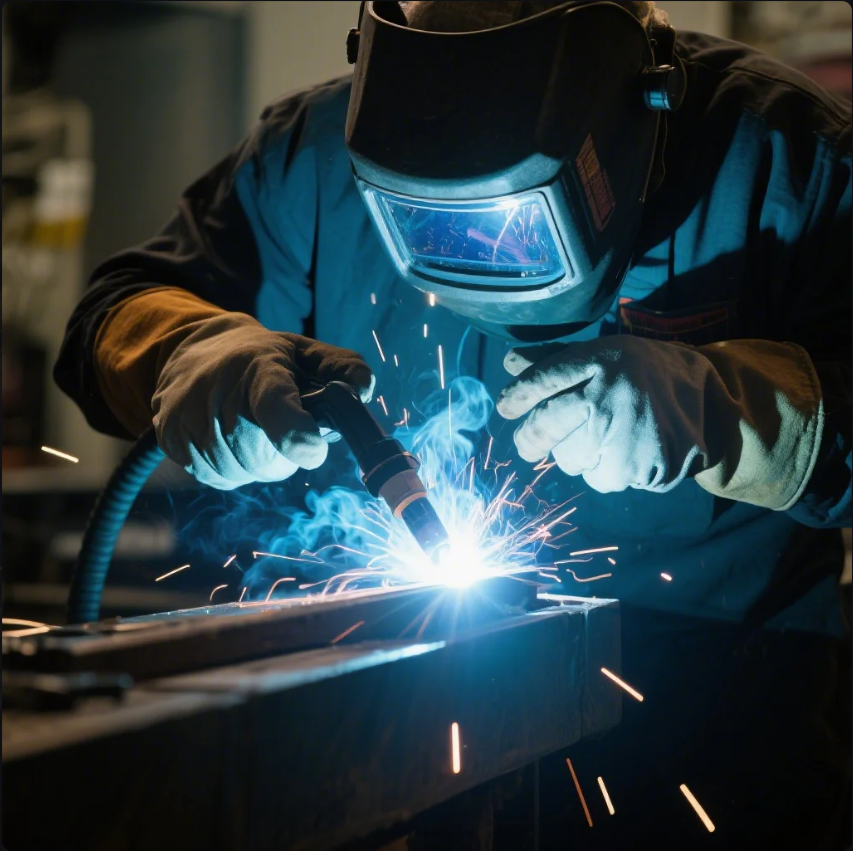
Benefits of Reverse Polarity (DCEP):
- Better penetration: The heat is concentrated on the workpiece, leading to better fusion and deeper penetration.
- Increased weld strength: DCEP is often used in applications that require strong, high-quality welds.
- Faster welding: The increased heat at the workpiece allows for faster welding, especially on thicker materials.
However, reverse polarity can also increase spatter, requiring additional clean-up after the weld.
What does DC stand for in welding?
In welding, DC stands for Direct Current, which refers to the flow of electric current in one constant direction. This is contrasted with alternating current (AC), where the direction of current flow constantly reverses.
DC is commonly used in welding because it provides a stable arc and predictable heat distribution.
Direct current is typically used for welding processes like MIG, TIG, and stick welding, depending on the polarity settings (DCEP or DCEN). DC welding offers several advantages, such as:
- Stable arc: Provides consistent heat and arc stability.
- Precision: DC welding is more predictable, which is ideal for precise, controlled welds.
- Easier to control: The stable arc in DC welding makes it easier to control the welding process.
In general, DC is preferred for most types of welding as it helps produce cleaner and stronger welds, particularly in materials like steel.
What direction does DCEP go?
DCEP, or Direct Current Electrode Positive, has a specific direction in the flow of current. In this polarity, the current flows from the power supply’s positive terminal to the electrode and then from the electrode to the workpiece via the negative terminal.
This means that DCEP creates an arc where the heat is concentrated at the workpiece, which leads to better penetration and fusion.
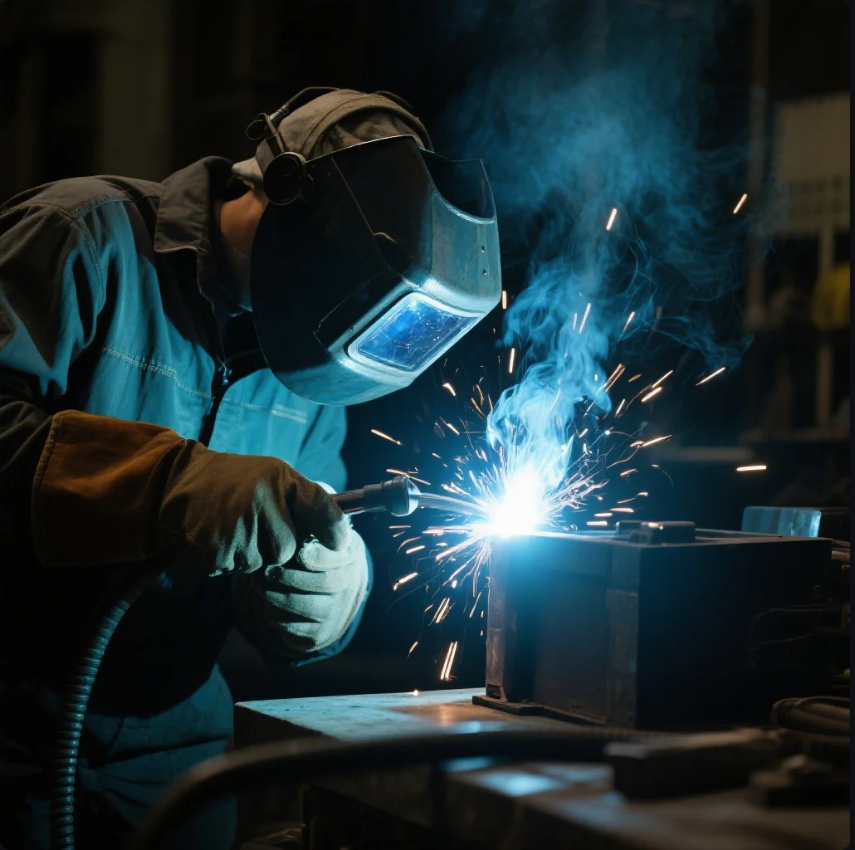
DCEP Current Flow Diagram:
- Power Supply: The positive terminal of the power supply connects to the electrode.
- Electrode: The electrode becomes the positive terminal.
- Workpiece: The workpiece is connected to the negative terminal of the power supply.
- Current Flow: Current flows from the electrode (positive) to the workpiece (negative), creating a high concentration of heat at the workpiece, resulting in deeper penetration.
This polarity setting is particularly effective when welding thicker materials or when deeper penetration is required. It helps to ensure that the weld is both strong and durable, making DCEP ideal for structural welding, heavy-duty industrial projects, and other applications that demand high-strength welds.
Conclusion
Understanding DCEP and its role in welding is crucial for achieving high-quality welds. By concentrating heat on the workpiece, DCEP improves penetration and weld strength, making it perfect for thicker materials and demanding applications. Whether you're welding steel, stainless steel, or other metals, knowing when to use DCEP or DCEN can greatly impact the quality of your results.
If you're ready to start your next welding project and need expert advice, Prime is here to help. Contact us today for a custom quote, fast delivery, and products that meet international quality standards.
TEMPLATE_END

